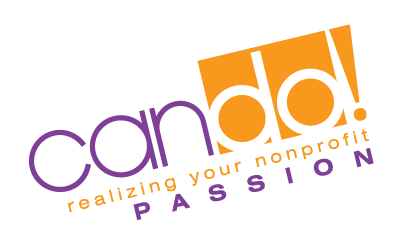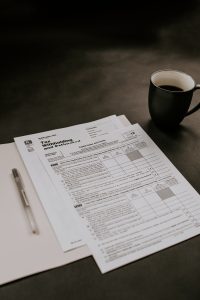The Unique Opportunity
While we hope the government will understand the differences between the for-profit businesses and nonprofit corporations, consider that you may be filling out loans written for businesses and speaking with loan officers who may not be aware of how nonprofits are different. Unlike most grantors, they may be less interested in your mission than in your bottom-line dollars. 
This also becomes a unique opportunity to share how your nonprofit earns and spends money. While nonprofits should be “profitable” all the profits of the nonprofit go back into the organization to meet the mission. This distinction means the money of the nonprofit has always been secondary to the mission of the nonprofit. This process may give the chance to share your organization success and learn from lenders and businesses how to prove the financial success and security of your nonprofit.
Hopefully by now your nonprofit organization has heard that they may apply for two possible forgivable loan programs as part of the Coronavirus Aid, Relief, and Economic Security (CARES) Act.
These two programs are:
- Paycheck Protection Program (PPP): if you have employees

- Economic Injury Disaster Loan (EIDL)
These loans may become grants/forgivable under certain circumstances and requirements.
There is also the Families First Corona Response Act created as tax credits to offset paid family and sick leave related to the coronavirus. This act has expanded federal medical leave, created and emergency paid sick leave and provide tax credits for employers (including nonprofits).
It is IMPERATIVE that if you have not begun the application process that you do so IMMEDIATELY. This will place you in the queue.

Click here for details on the programs
The PPP Application and Process
Additionally included in the CARES Act is the increase in tax deductible charitable donations for all taxpayers and an increased benefit for corporations. Individual donors, regardless if they do a standard or itemized deduction (known as an “above the line” deduction) can give up to $300 in 2020 to a 501c3 nonprofit organization. The bill increases the cap on annual giving to 100% of Adjusted Gross Income.
All of this results in economic assistance for all 501c3 nonprofits across the country. However, the current applications are geared towards for profit businesses (sole proprietors, LLCs, S-Corps, C-Corps) and currently don’t ask questions more pertinent to nonprofit organizations. We’d hope that the government would come up with a nonprofit application process, but in lieu of an application specific to nonprofits not being available, what should you be prepared to submit?
First make sure your 2017, 2018 and 2019 financials are accurate up to date and easily accessible.
This includes:
- Profit and Loss statements

- Balance Sheet statements
- 990s or proof you filed your 990N
- 501c3 Determination Letter
- 501c3 EIN number
- Board of Directors contact information
2019 990 Filing
If you have not filed your 2019 990 yet, consider doing that as soon as possible. They are looking for your last 12 months of gross income and expenses.
Board of Directors
Nonprofits also need to make sure their board of directors is ready to review a loan application. Since the board will be signing for the loan, it is important they understand what is involved and that the organization is ready to take on the responsibilities of a loan. NOTE: There has some discussion that the loan may become a grant/forgivable.
It is indeed an unusual time in our history. May your nonprofit continue to grow and survive the pandemic that has enveloped our world!
<p style=”text-align: center;”><a class=”schedule-button schedule-popup” href=”#”>Schedule a Consultation!</a></p>


